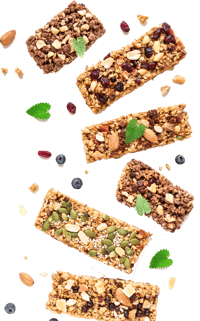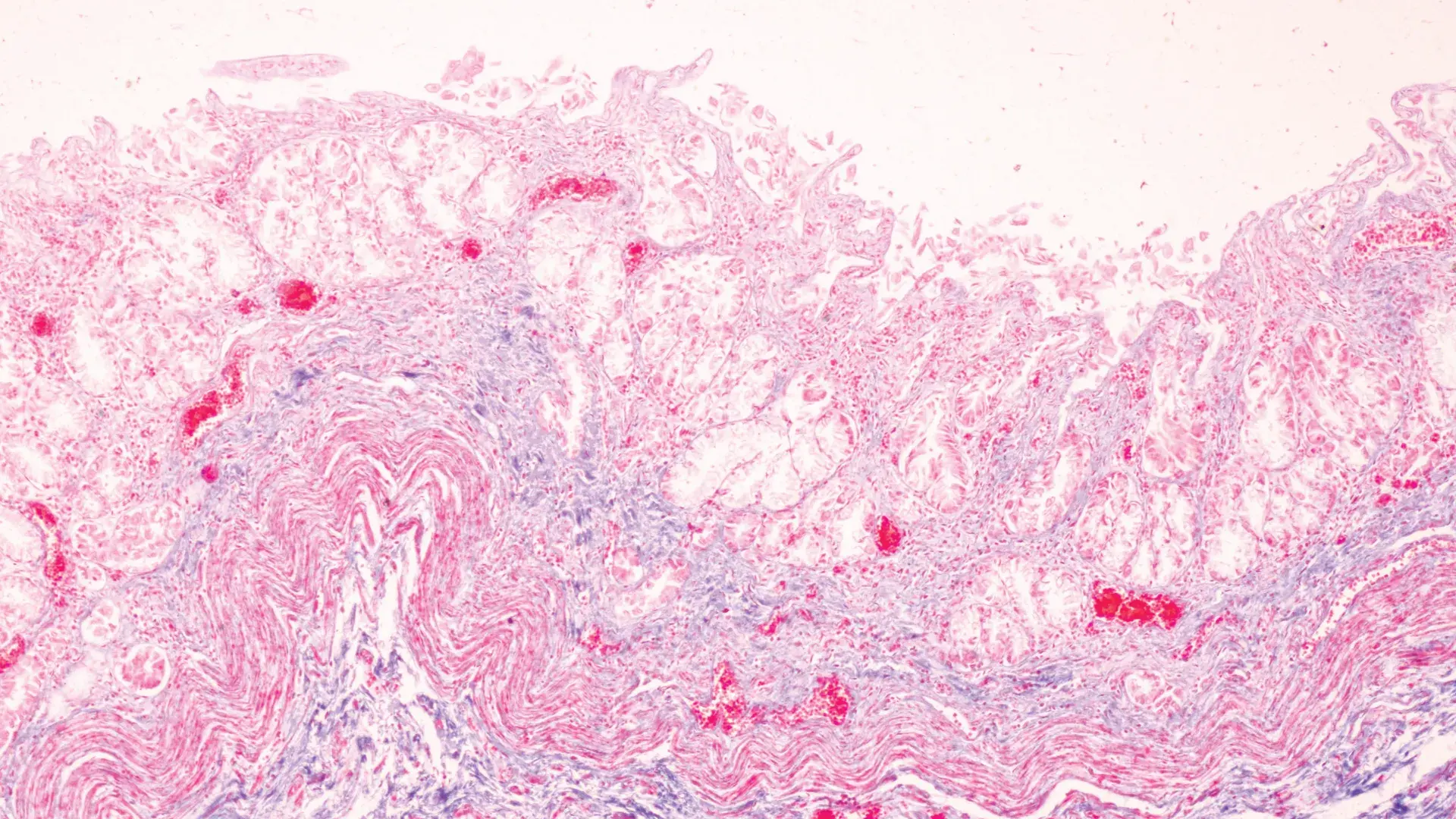4 Questions On NAD/NADH Testing Answered
Unlocking the Secrets of Cellular Energy
4 min read
![]() Dr. Andrea Gruszecki, ND
:
April 11, 2023 at 8:30 AM
Dr. Andrea Gruszecki, ND
:
April 11, 2023 at 8:30 AM

Molds, and their mycotoxins, have been with us, always. The earliest known mold fossil is about 900 million years old. As members of the kingdom Fungi mold species are ubiquitous and play a vital role in the decomposition of organic matter. Because humans and molds co-evolved on Earth, the human liver contains detoxification enzymes that can degrade mycotoxins. Evidence is also accumulating that certain gut microbiome bacteria have enzymes that can break down mycotoxins into less harmful forms. Other gut bacteria may bind mycotoxins to their cell walls and inactivate them.
Since humans have evolved with the capacity to detoxify mycotoxins, why are they now considered toxic enough to worry the World Health Organization (WHO) and the Centers for Disease Control (CDC)? Mycotoxins are currently considered a global food safety issue by the CDC and WHO because they are ubiquitous in the food supply.
Chemical environmental exposures, pharmaceutical use, increased use of tropical and subtropical foodstuffs, food animal bioaccumulation, and poor nutrition or decreased nutrient availability have combined to increase our mycotoxin exposure and overall toxic burden while reducing overall detoxification capacity. Mycotoxin exposure is also possible for those exposed to contaminated building materials, although an organic substrate (such as cellulose) is necessary before moldy building materials can produce significant amounts of mycotoxins. Only 28/51 naturally mold-infested building materials had detectable mycotoxins in a recent study.
In the food supply mycotoxin production is enhanced by warm, humid conditions. Mycotoxins may be found in grains, dried nuts, dried fruits or fruit juices, coffee beans meat, milk, and spices. Large doses of mycotoxins can result in adverse health effects in humans and livestock. Once exposed, humans must rely on the detoxification capacity of their cytochrome P450 enzymes and the bacteria in their gut microbiomes.
Successful detoxification requires a diverse gut microbiome, functional phase I cytochrome P450 enzymes, and phase II conjugation enzymes. Many mycotoxins can undergo biotransformation and degradation in the gastrointestinal lumen or during intestinal assimilation. The cytochrome P450 enzymes necessary for mycotoxin transformation are found in both the mitochondria and the endoplasmic reticulum. P450 enzymes found in the mitochondria include the CYP1, CYP2, CYP3, and CYP4 families. These four cytochrome P450 enzyme families are also involved in drug metabolism, chemical degradation, vitamin D metabolism, steroid hormone synthesis, and lipid synthesis. In addition, both phase II and the third and final cellular export phase of detoxification are dependent upon mitochondrial ATP.
It is easy to see why the symptoms of mitochondrial dysfunction and the symptoms of chronic mycotoxin exposure may be similar. Both can produce vague general symptoms and affect immune, neurological, liver, and kidney functions and may, in some cases, exacerbate certain cancer risks.
To properly evaluate such patients, it seems necessary to evaluate not only mycotoxin levels, but mitochondrial function, primary biochemical functions, and environmental chemical exposures that can compete with mycotoxins for detoxification enzymes. To assist clinicians, US BioTek is now offering the MOE-Tox Complete Profile which combines:
While humans have evolved with the capacity to transform and detoxify mycotoxins from mold exposures, environmental exposures, and poor nutrition have combined to increase our toxic burdens and decrease nutrient availability. Many of our patients no longer have the capacity to detoxify mycotoxin or chemical exposures. Many more lack the proper nutrition to generate enough ATP energy to support normal physiological function. Clinicians can use US BioTek’s new MOE-Tox Complete Profile to efficiently evaluate patients for several causes of vague or persistent symptoms. The results of the MOE-Tox Complete Profile will guide clinicians to specific nutritional and lifestyle recommendations that may improve patients’ health, reduce toxic burdens and improve energy production.
Britannica.com (2023) Outline of classification of fungi. https://www.britannica.com/science/fungus/Outline-of-classification-of-fungi#ref275020 Accessed 27 March 2023.
Centers for Disease Control and Prevention (2022) Mold. https://www.cdc.gov/mold/ Accessed 06 April 2023.
de Souza M, Baptista AAS, Valdiviezo MJJ, Justino L, Menck-Costa MF, Ferraz CR, da Gloria EM, Verri WA Jr, Bracarense APFRL. Lactobacillus spp. reduces morphological changes and oxidative stress induced by deoxynivalenol on the intestine and liver of broilers. Toxicon. 2020 Oct 15;185:203-212.
Environmental Protection Agency (2022) Publications about Mold. https://www.epa.gov/mold/publications-about-mold Accessed 27 March 2023.
Hof H. Mycotoxins in milk for human nutrition: cow, sheep and human breast milk. GMS Infect Dis. 2016 Jun 20;4:Doc03.
Liew WP, Mohd-Redzwan S. Mycotoxin: Its Impact on Gut Health and Microbiota. Front Cell Infect Microbiol. 2018 Feb 26;8:60.
Lindemann V, Schleiner T, Maier U, Fels H, Cramer B, Humpf HU. Analysis of mold and mycotoxins in naturally infested indoor building materials. Mycotoxin Res. 2022 Aug;38(3):205-220.
Lootens O, Vermeulen A, Croubels S, De Saeger S, Van Bocxlaer J, De Boevre M. Possible Mechanisms of the Interplay between Drugs and Mycotoxins-Is There a Possible Impact? Toxins (Basel). 2022 Dec 14;14(12):873.
Liu L, Xie M, Wei D. Biological Detoxification of Mycotoxins: Current Status and Future Advances. Int J Mol Sci. 2022 Jan 19;23(3):1064.
Mendell MJ, Mirer AG, Cheung K, Tong M, Douwes J. Respiratory and allergic health effects of dampness, mold, and dampness-related agents: a review of the epidemiologic evidence. Environ Health Perspect. 2011 Jun;119(6):748-56.
Muhialdin BJ, Saari N, Meor Hussin AS. Review on the Biological Detoxification of Mycotoxins Using Lactic Acid Bacteria to Enhance the Sustainability of Foods Supply. Molecules. 2020 Jun 7;25(11):2655.
Nebert DW, Wikvall K, Miller WL. Human cytochromes P450 in health and disease. Philos Trans R Soc Lond B Biol Sci. 2013 Jan 6;368(1612):20120431.
Reuters.com (2019) Old mold: Fossil of world's earliest fungus unearthed in Canada. https://www.reuters.com/article/us-science-fungus/old-mold-fossil-of-worlds-earliest-fungus-unearthed-in-canada-idUSKCN1SS29O.
Tran VN, Viktorová J, Ruml T. Mycotoxins: Biotransformation and Bioavailability Assessment Using Caco-2 Cell Monolayer. Toxins (Basel). 2020 Sep 30;12(10):628.
Wild CP, Gong YY. Mycotoxins and human disease: a largely ignored global health issue. Carcinogenesis. 2010 Jan;31(1):71-82.
World Health Organization (2018) Mycotoxins. https://www.who.int/news-room/fact-sheets/detail/mycotoxins Accessed 06 April 2023.

Unlocking the Secrets of Cellular Energy

Short chain fatty acids (SCFAs) are organic acids produced by bacterial fermentation of dietary fibre and resistant starch. Enterocytes and...

Zonulin has emerged as a popular marker to assess the integrity of the intestinal mucosal barrier. Discovered by Dr Alessio Fasano, Zonulin...